Guide to how new Covid school rules will work in SA as high schools prepare to welcome Year 7s
Confused about how the back-to-school plans will work? Here’s a guide to the new rules for each year level. Meanwhile, 62 high school campuses are now ready to welcome Year 7s.
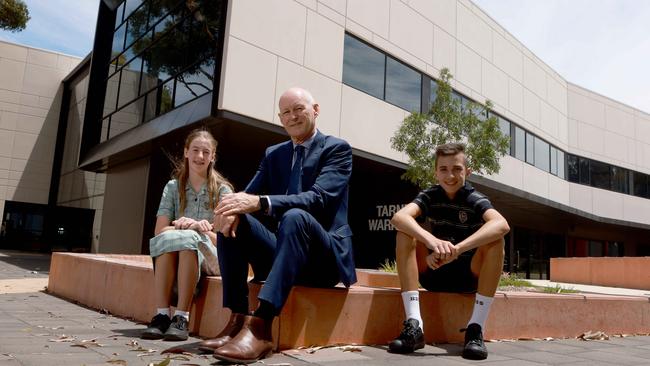
Education
Don't miss out on the headlines from Education. Followed categories will be added to My News.
The Government has announced new rules for schools and warned this year will be “more problematic” than the past two.
At schools, from reception upwards, staff and students will face a series of restrictions if they are in contact with a positive case, but will not need to test regularly.
Teachers exposed to Covid will stay in class but they will be rapid tested daily for a week, while staff at childcare centres will be required to test themselves three times a week before going to work.
Premier Steven Marshall said it would be a year with disruptions and cases in schools.
“This year is going to be more problematic (than 2020 and 2021),” he said.
“But the concept that we should just have students studying from home for months and months until there are no cases in South Australia is just implausible.
“We think we’ve got a very sensible arrangement.”
It’s very confusing, so here are all the new rules, by year level.
Meanwhile, just five out of 67 schools being redeveloped for year 7s moving to the secondary level will not be fully ready before term starts.
The schools will use temporary alternative facilities to teach students for February and March while works are completed.
A further 14 schools were racing to complete works by the end of January before term starts on February 2, when 14,000 year 7s and 14,000 year 8s start high school.
“The $1.4bn capital investment into learning facilities across the state has been the largest education building program in our state’s history,” an Education Department spokesman said.
“It includes delivering 67 projects that directly support the move of year 7 to high school, including 4 new schools opening in term one, 2022.
“It hasn’t been without its setbacks and challenges due to the pandemic.
“Just like many other South Australian’s who have been building or renovating during the last two years of the pandemic, we’ve faced challenges of supply shortages of steel, joinery and aluminium. And we were impacted when Structural Steel SA and Swiss Joinery went into liquidation.
“All projects have prioritised the completion of essential learning spaces, and some schools have building works continuing into term one as we finalise construction and landscaping.”
The $1.4bn capital works repurposed funds from a $690m allocation in 2017 by the former Labor government and added to it for the year 7 shift and other upgrades.
It is being delivered in stages with works ongoing at many schools, at both high and primary sites, including Salisbury East High where work on a $4m redevelopment started later.
Separately, Catholic schools in Clare, Murray Bridge, Peterborough and Wallaroo will grow from being reception to year 7. They will take year 8s this year and then year 9s from 2023.
In addition, the new St Francis of Assisi College in Renmark will enrol its first year 7s and 8s this year.
“Our schools have invested in new buildings and are ready to welcome additional students,” a spokeswoman said.
S
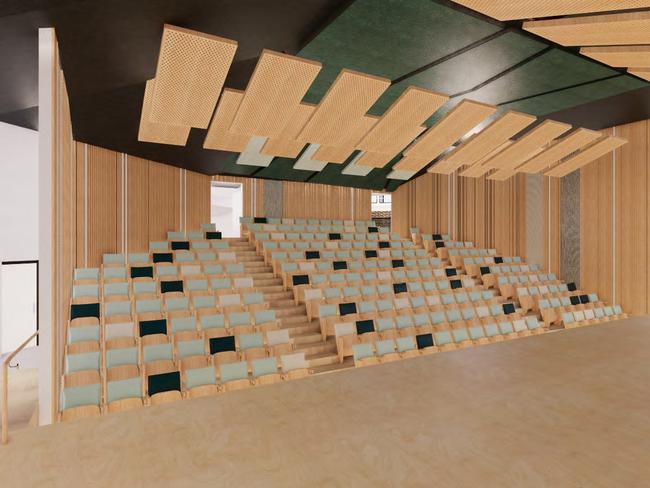
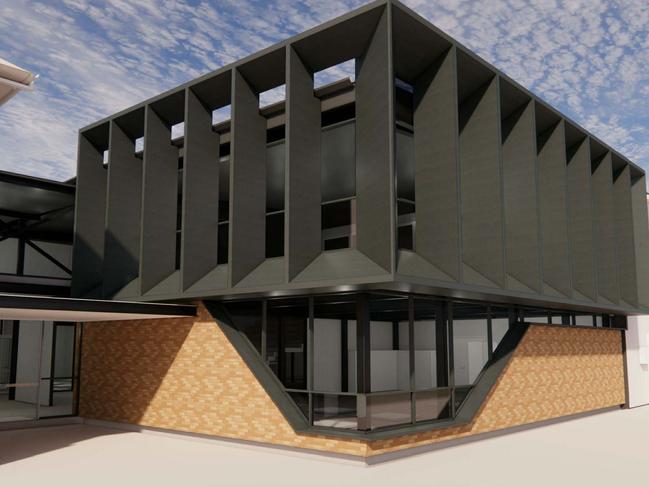
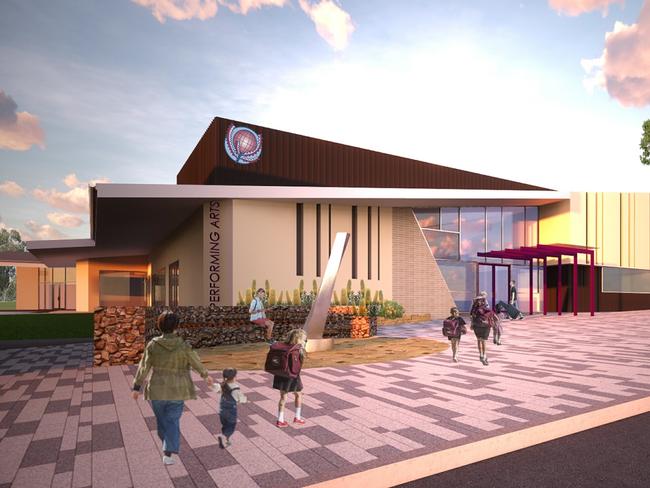
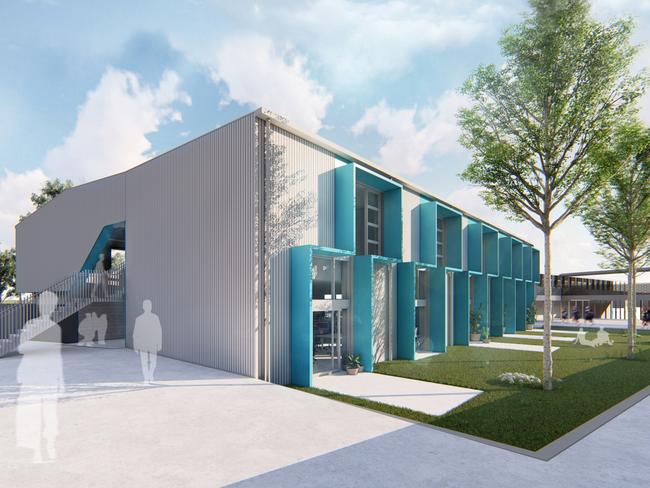
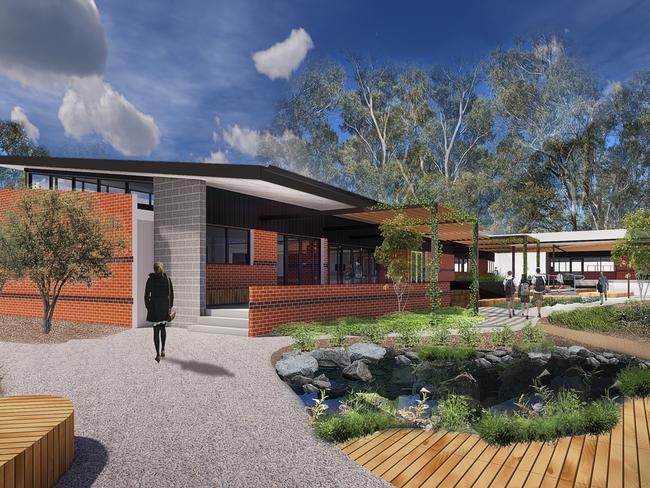
Shifting year 7 will increase government operational costs from this year onwards.
Budget estimates said it would add $40m a year to costs on school education’s $2.8bn.
Under the national school resourcing standard used as the baseline for funding, in 2021 a secondary student attracted $15,204 a year and a primary student $12,099.
The state government provides 75 per cent of the standard and the federal government 20 per cent.
Work at most schools was completed last year, including Brighton Secondary School which was ready in August, beating the initial October target.
Its has new two-storey middle school building named Tarni Warra, the Kaurna phrase for “sound of the waves”.
It was the main component of the $13.8m investment in Brighton and features flexible common areas and specialised areas for science, including a 3D printing space.
There also has been refurbishing to other parts of the school, landscaping, extra bicycle parks and relocation of beach volleyball courts.
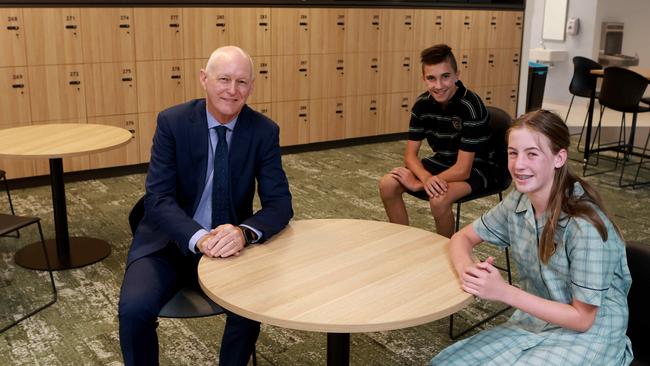
Brighton principal Tony Lunniss said having a middle school building would help with the school’s strategy of creating smaller communities within the full school community of 1800 students.
“It’ll be their home base and where they have their core subjects and where we’ll run a strong pastoral care program,” he said.
“Then they’ll go out for some subjects – physical education obviously, and art and home economics and so on. So it’ll be a gradual way to get into the broader school from a strong base.”
Scarlett Walters, 12, will have lots of fellow graduates of Brighton Primary make the jump to secondary.
They had familiarisation days last year and she said the new building looked fantastic.
“It’ll be pretty cool to have our own building,” she said.
She’s pleased Covid-19 has forced a staggered start – giving the year 7s and 8s a chance to explore the school for a couple of weeks before all the students are on the campus.


